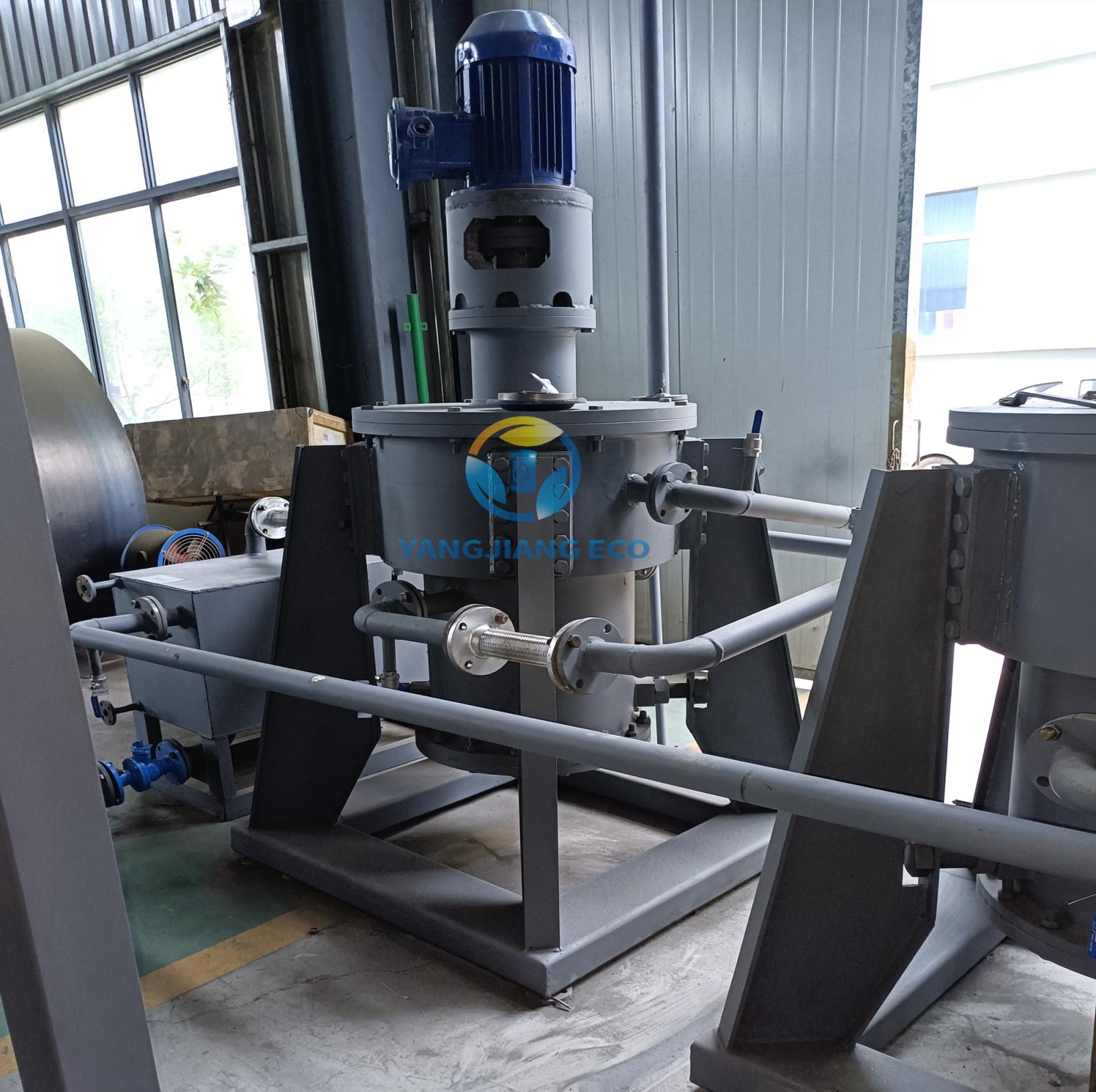Notifications

3 minutes, 48 seconds
-227 Views 0 Comments 0 Likes 0 Reviews

Clean diesel fuel is essential for reducing harmful emissions and ensuring efficient engine performance. One of the key challenges in diesel production is removing sulfur compounds, which contribute to pollution and engine corrosion. Selective adsorption filters play a crucial role in diesel desulfurization machines, efficiently capturing sulfur molecules while allowing clean fuel to pass through. In this blog, we’ll explore how these filters work and why they are vital for producing ultra-low-sulfur diesel (ULSD).
Sulfur occurs naturally in crude oil and must be removed during refining to meet environmental regulations. High sulfur content in diesel leads to:
Increased emissions of sulfur oxides (SOx), which cause acid rain and respiratory problems.
Damage to engine components and after-treatment systems like catalytic converters.
Reduced efficiency of modern emission control technologies.
To address these issues, regulatory bodies worldwide have imposed strict sulfur limits (e.g., 10-15 ppm in ULSD). Selective adsorption is one of the most effective methods for achieving these standards.
Selective adsorption filters use specialized materials that chemically or physically bind sulfur compounds while letting hydrocarbon molecules pass through. Here’s a step-by-step breakdown of the process:
1. Adsorbent Material Selection
The filter contains adsorbents like:
Zeolites – Microporous minerals with high surface area that trap sulfur molecules.
Activated Carbon – Modified to enhance sulfur adsorption capacity.
Metal-Organic Frameworks (MOFs) – Engineered structures with high selectivity for sulfur compounds.
These materials are chosen for their ability to attract sulfur-containing molecules (e.g., thiophenes, mercaptans) while ignoring other hydrocarbons.
2. Diesel Filtration Process
Step 1: Pre-Treatment – The diesel is first processed to remove larger impurities and water.
Step 2: Adsorption – The fuel passes through the adsorbent bed, where sulfur compounds are captured via chemical bonding or physical adsorption.
Step 3: Clean Fuel Output – The filtered diesel, now with significantly reduced sulfur content, exits the system.
3. Regeneration of Adsorbents
Over time, the adsorbent material becomes saturated with sulfur and must be regenerated or replaced. Common regeneration methods include:
Thermal Treatment – Heating the adsorbent to release trapped sulfur compounds.
Chemical Washing – Using solvents to dissolve and remove sulfur.
Pressure Swing Adsorption (PSA) – Adjusting pressure to release sulfur molecules.
High Efficiency – Can reduce sulfur levels to single-digit ppm.
Cost-Effective – Lower energy consumption compared to hydrodesulfurization (HDS).
Flexibility – Works well for small-scale or mobile desulfurization units.
Selective adsorption filters are a key technology in modern diesel desulfurization, offering an efficient and eco-friendly way to produce clean fuel. By leveraging advanced adsorbent materials, these systems help meet stringent environmental standards while maintaining fuel quality. As research continues, we can expect even more effective and sustainable adsorption solutions for the future.

